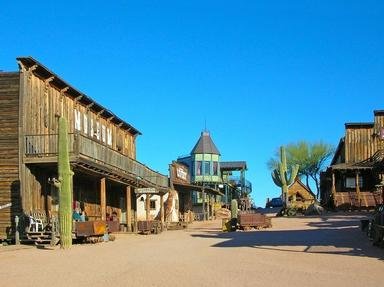Quiz Answer Key and Fun Facts
1. What event, which began in 1848, led to an increased need for rapid transcontinental mail delivery?
2. Between what two cities did the Pony Express operate?
3. How long did the Pony Express riders take to complete a mail delivery from one terminus to the other?
4. The first westbound trip of the Pony Express set off, with much fanfare, on 3 April, 1860. On what date in 1860 did the first eastbound trip depart?
5. Given the rough terrain, and the conflicts regularly occurring in the region, it is not surprising that the Pony Express did not always deliver the mail exactly on time. What was the longest delay for a mail pouch delivery?
6. What was the Pony Express mochila?
7. Which of these is the best description of the average Pony Express rider?
8. Which of these men is generally considered to be most responsible for the popular image of the Pony Express?
9. The Pony Express ceased operations on 26 October 1861, two days after which of these events?
10. What stagecoach company used the Pony Express logo on their mail coaches between 1866 and 1869?
Source: Author
looney_tunes
This quiz was reviewed by FunTrivia editor
bloomsby before going online.
Any errors found in FunTrivia content are routinely corrected through our feedback system.
